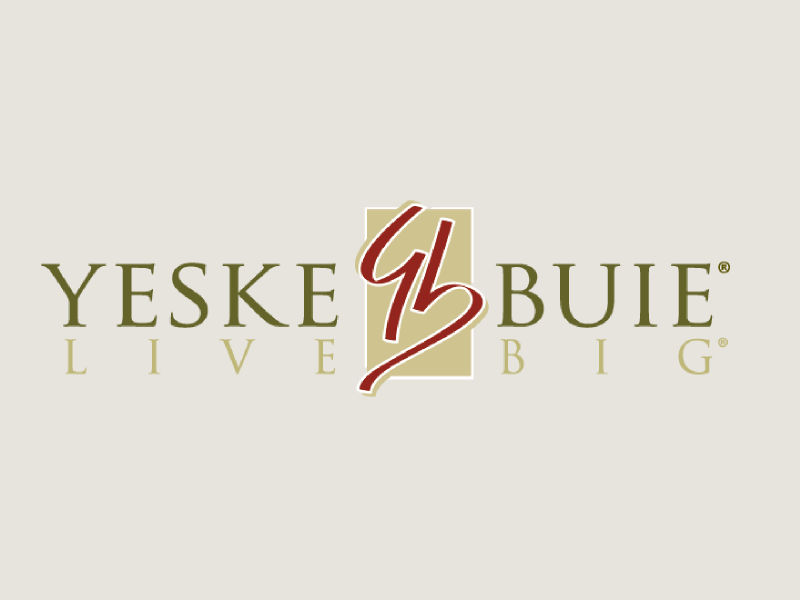Financial Planning WONK – What’s an RMD?

| Who? | Participants in employer-sponsored retirement plans [401(k), 403(b), 457(b), profit-sharing plans] and/or IRA owners ([traditional, rollover, SEP, SIMPLE]. |
| What? | This is the minimum amount you are required to withdraw from your account each year. |
| When? | Distributions must start by April 1 of the year following the year in which you turn 70 1/2, or if later, the year in which you retire (not applicable for 5% business owners). Inherited IRAs have different distribution rules depending on the relationship and age of the beneficiary.
NOTE: If you wait until April 1 of the year following the year in which you turn 70 1/2 to take your first distribution, you must take two distributions. Therefore, we typically recommend taking your first distribution in the year you turn 70 1/2 in order to avoid bunching two taxable distributions into a single year and potentially pushing you into a higher tax bracket. |
| Where? | The cash/securities must leave your retirement account, however you can transfer the cash/securities to an after-tax account in order to stay invested in the market if you don’t need the distribution to meet your regular spending needs. |
| Why? | It is required by law. The taxes you avoid by contributing to an employer retirement plan or deductible IRA, including the tax-deferred growth, is only ever a “deferral” of taxes.
The theory is that you make pre-tax contributions and accumulate tax-deferred growth during your working years when you’re in a high tax bracket, and pull the money out during retirement, when you are presumably in a lower tax bracket. Of course, this isn’t always the case, but, in any event, the RMD is designed to ensure that those tax deferred earnings will ultimately be pulled out and taxed. |
| How? | The amount of the distribution is determined by dividing your account value on December 31 of the preceding year by a life expectancy factor determined by IRS tables.
|
For Yeske Buie clients who have RMDs, we have already distributed them as a lump-sum or have set up recurring distributions so that the full value of the RMD will be withdrawn by the end of year. There are a few exceptions to this, but those situations will also be handled before the end of the year.
